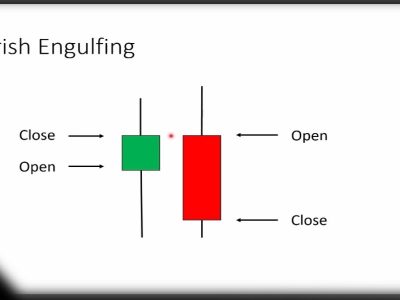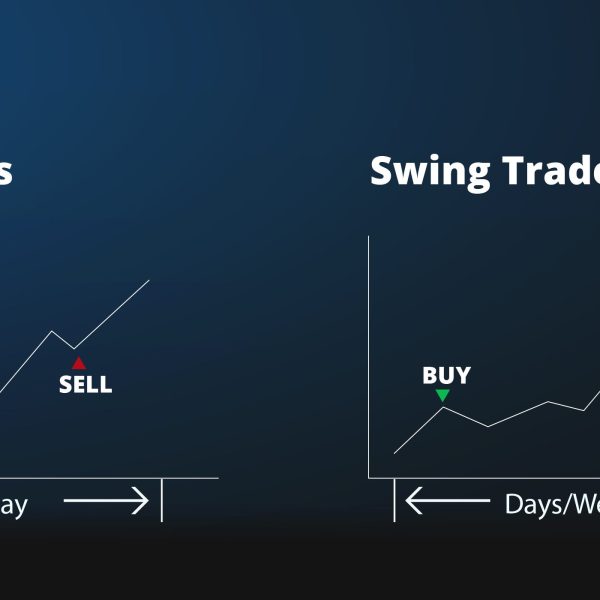Yield farming is an easy way to lend or stack digital assets more profitable than other methods. Of course, this method is hazardous and fluctuating. But people have very well received it. For this reason, the DeFi market has reached an unprecedented growth of $ 500 million to nearly $ 10 billion in working capital.
Simple Yield farming standards encourage all those with some form of liquidity in the market to lend their assets as a smart contract in a dedication pool. This incentive can take the form of transaction fee commissions, loan applications, or governance tokens. The rate of return on loans granted in this way is considered APY. and the more investors invest in liquidity pools, the higher the rate of return and profitability.
Generally, people who do Yield farming use stable coins such as USDT and DAI or USBC for this purpose. But popular DeFi standards are currently working on the Ethereum network, requesting governance tokens in the liquidity pool. The tokens mined in these liquidity pools will be used to provide liquidity to decentralized exchanges.
Liquidity extraction occurs when a participant in the Yield farming process receives tokens as a reward and offers the Compound COMP token to its users. Most easy-to-use farming standards reward their users with governance tokens used for trading in centralized and decentralized exchanges such as Binance and Uniswap.
What is the annual percentage yield?
The annual profit to each investor in the simple Yield farming system is calculated based on the annual percentage yield or APY. This number indicates the amount of yearly return on investment.
Since 2020, many investors have received huge profits as APY from this system. However, the protocols and coins of this method fluctuate sharply, and the possibility of losing capital is very high.
Yield Farming Protocols
People who do simple Yield farming use different DeFi platforms to increase their annual profit. These platforms work in various forms of lending or borrowing from liquidity pools. Here are the best Yield farming protocols.
AAVE is one of the open-source and decentralized digital asset loan protocols from which users can borrow assets and receive AAVE tokens instead. The system has $ 21 billion in working capital among all other DeFi protocols, and users are given 15% APR for each loan.

The compound is another financial market for lending in digital assets, which calculates the number of COMP tokens received based on the type of lending in the form of intelligent algorithms. This protocol has one of the best and highest levels of security among other Yield farming methods. Its working capital is $ 16 billion, and the APY earned is in the range of 0.21% to 3%.
Other simple Yield farming protocols include Curve Finance, which is a type of DEX. This protocol allows users to exchange their stable coins at a low price with other decentralized protocols. It is also one of the largest DEXs in terms of working capital, with $ 9.7 billion. On the other hand, its APY rate is about 10% and even goes up to close to 40% in certain conditions. stablecoin pools are generally very secure and can be hard to miss.
Uniswap is a DEX protocol with the ability to exchange tokens, including the ERC20 protocols. Liquidity suppliers must invest 50/50 in the liquidity pool to maximize profits from transaction costs. There is a version of Uniswap titled V2 and V3 that the V3 version will be a new protocol with 200 different attachments. The working capital of this system is about $ 5 billion for the V2 version and $ 2 billion for the V3 version.

Instadapp is one of the most advanced protocols to increase DeFi dominance in the market. Users can build their DeFi portfolio, and developers can build their platform this way. The total capital of this system is about $ 9.4 billion.
One of the Uniswap forks, known as SushiSwap, made a fuss at launch. The platform is currently a DeFi ecosystem with lending assets as well as decentralized on-chain applications.
PancakeSwap is also a DEX protocol based on the Binance network and is known as a BEP20 token exchanger. In simple Yield farming, the PancakeSwap protocol uses an AMM to trade in the liquidity pool. This system has the highest turnover in BSC protocols with $ 4.9 billion. Most of the focus of this platform is on structures such as lotteries, team competitions, and NFTs. APY also reaches more than 400% in this method.
The Venus Protocol is an intelligent algorithm market that includes lending and credit systems based on Binance standards. Users in this protocol work together by providing collateral for the network and receiving APY from lending and borrowers by paying tokens in this system. Collateral in this protocol has become one of the best ways to lend digital assets and has extraordinary differences with other services. The market capitalization of this market is more than $ 3.3 billion.

The Balancer protocol is another simple Yield farming standard. Its liquidity standards are such that it does not require lenders to pay liquidity evenly in the pool. Instead, each user can build their cash pool with different numbers and weights of specific tokens. The working capital of this protocol is $ 1.8 billion.
Another simple Yield farming platform that works decentrally is Yearn.finance. This financial system uses Aave and Compound methods simultaneously to increase the profitability of the lenders. Its intelligent algorithms also make the most of Yield farming. Users can get more than 80% APY in this system. Its turnover is $ 3.4 billion.
Bitcoin simple Yield Farming
Is there a way to easily bitcoin Yield farming? No official DeFi protocol has been set up for Bitcoin Yield farming yet, but with WBTC, Bitcoin can be brought into the Ethereum blockchain and used according to DeFi standards. The method is that first, by wrap the bitcoin and transfer it to the Ethereum blockchain, you can get a good profit from the bitcoin tokens by lending, but differently.
What is Yield Farming risks?
Due to the sharp fluctuations of the digital currency market, lending in the Yield farming method can be associated with many losses. Also, factors such as high gas fees in Ethereum and high capital for this work can lead to increased risk in this area and losing money. Even if the market fluctuates sharply, the annual profitability for lenders generally disappears. So investing in this mode is very difficult.
Even because of bugs in smart contracts and the lack of sufficient collateral, hacking and stealing lenders’ capital is possible. Even bugs in the coding of smart contracts can be a simple point of intrusion for hackers and destroy all the lender’s assets.
In 2020, due to a security hole in the Yam protocol, nearly $ 20 million in the capital was lost.
Therefore, DeFi protocols are a kind of unlicensed and independent standards that are used to run decentralized applications. If one of these applications is infiltrated and malware does not work correctly, and can have a devastating effect on the entire ecosystem.
Conclusion
This article looks at digital asset lending, how it can be done, what the borrower’s interest is, and how the borrower should repay the loan. We also pointed out that market fluctuations cause a lot of capital to be lost in this way. even the security of smart contracts still does not work so well for its vast digital assets. In any case, you can borrow or lend digital assets in simple Yield farming based on the protocols we have introduced.












